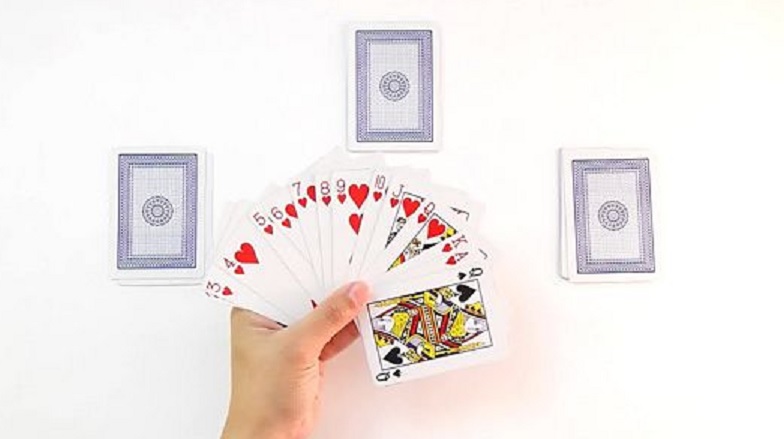
Each heart they have taken in tricks scores one "penalty" point for that player. Discarding a heart to a trick with a non-heart led trick is called painting the trick.Īfter all the tricks have been played, the players then each look through all the cards they have won in tricks. Once a heart has been played to a trick, hearts can then be played as with any other suit, including playing a card of the heart suit when leading to a trick. This continues until all cards in the players hands have been played to tricks, at which time the hand is scored.Ī player may not play a heart to any trick unless a heart has previously played to another trick or he has nothing but cards of the heart suit in his hand. The player winning this trick then leads the first card to the next trick. The won cards are then set aside for this player for scoring at the end of the hand. The player who plays the highest card of the original suit led to the trick wins the trick. If he does not have a card of the same trick, he may play any card from his hand to the trick. A player must play a card of the same trick led if he has one. The play rotates in a clockwise rotation from the player who led the first card to the trick. He may play any card except a card of the hearts suit (unless in the extremely rare occurrence that he has only cards of the heart suit in his hand).Īfter the first card is played to the trick, the remainder of the players must each play one card to the trick. The player to the dealer's immediate left plays the first card to start the first trick.

First Hand - Pass to Player to your immediate right.For three players, the passing is as follows:.The particular player you will pass the three cards to is directly dependent on which deal it is and how many players in the game (according to the following): The player will also receive three cards from an opponent which he will pick up and add to his own hand after passing his own three.

He then selects three cards from his hand to which he will pass to an opponent player, face down. The player winning the first trick of the hand will also take this kitty containing these extra cards.Īfter the hands have been dealt, each player then picks up his hand and examines it. If there are any extra cards remaining (which will often happen when played by other than 4 players) after dealing the prerequisite cards to each player, these cards should be placed face down in the center of the table to make the kitty. The following chart lists the number of cards each player should receive based on the number of active players in the game: The number of cards dealt is dependent on the number of players such that each player receives the same number of cards. The dealer then begins by dealing one face-down card to each player, starting at the player to his left and continuing in a clockwise direction. Once the dealer is selected he shuffles the deck and the player to the dealer's immediate left should then cut the cards. For each hand thereafter, until the conclusion of the game, the deal rotates clockwise around the table from player to player. The player whom cuts the lowest card is to be the first dealer. To determine which player is to be the first dealer, all players should cut a card from the face down deck. The rank of the cards when playing Hearts is as follows, from highest to lowest (Ace,King,Queen,Jack,10,9,8,7,6,5,4,3,2). This game is played with the standard 52 card deck. Hearts can be played by anywhere from 3 to 7 players and is at its best with 4. When playing Hearts, the object is to avoid taking specific cards which is quite different than the usual goal of winning as many tricks as possible with most trick taking games. Hearts is a trick taking game with an interesting twist.


 0 kommentar(er)
0 kommentar(er)
